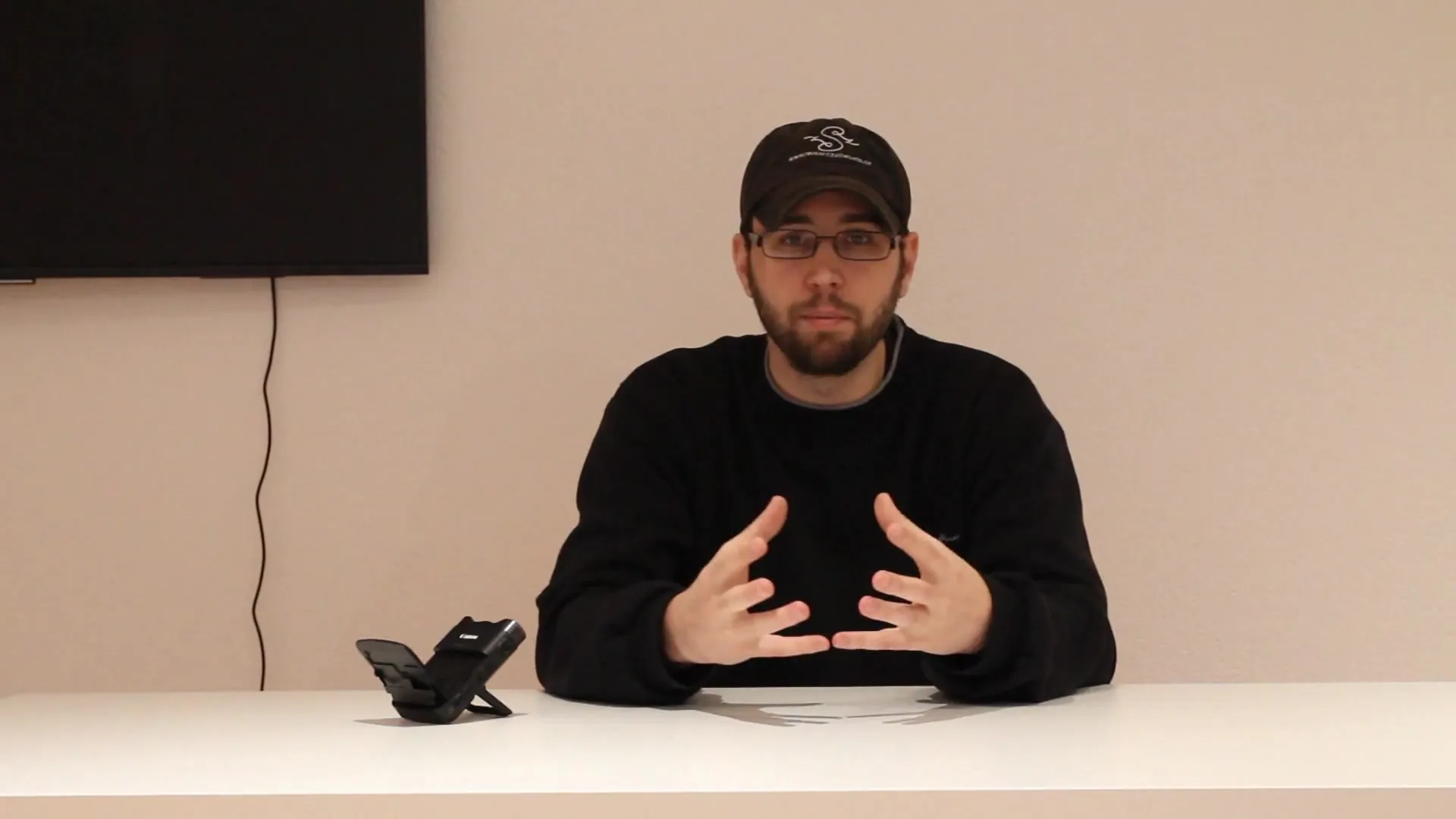Are you diving into the fascinating world of image editing and looking to take your portraits to the next level? Frequency separation in Photoshop is a powerful technique that helps you retouch skin imperfections without affecting the texture of your images. In this tutorial, you will learn the basics of frequency separation and discover how to combine this technique with various retouching methods to achieve optimal results.
Main insights
- Frequency separation allows for the independent editing of color and detail information in an image.
- The course provides comprehensive insights into the theory, tools, and proper application of frequency separation.
- You will learn how to efficiently develop RAW images and refine the final image look with complementary techniques.
Step-by-step guide
Step 1: Introduction and course goals
The tutorial begins with a brief introduction of the trainer, Frank Fischer, and his qualifications as a portrait photographer and retoucher. Here you will learn what to expect from the next three hours and what opportunities frequency separation offers to get the best out of your portraits.
Step 2: Basics and theory of frequency separation
In the first part of the training, Frank will explain the theoretical foundations of frequency separation. It will be clarified how layers are structured in Photoshop and what actions are necessary to apply this technique correctly. You will understand the importance of separating colors and textures, and how these concepts can be implemented in image editing.
Step 3: Tools for frequency separation
Another important aspect of the tutorial is the tools needed for frequency separation. Frank will show you step by step how to effectively use the various tools in Photoshop to achieve the desired results. It will be emphasized that the choice of tools is crucial for the success of your retouching.
Step 4: Application of frequency separation in practice
In the practical part of the tutorial, it will be demonstrated how to implement the learned theoretical concepts in practice. You will see how to edit an image using frequency separation, optimizing both the color layer and the detail layer. Frank will provide you with valuable tips and tricks to achieve optimal results.

Step 5: Bonus section for integration into retouching
In the bonus parts of the training, you will learn how to combine frequency separation with other retouching techniques. Frank will show you how to make efficient RAW developments, apply frequency separation, and achieve an individual image look using various techniques like Dodge and Burn. This combination is essential to extract the maximum from the RAW data.
Step 6: Final touches with sharpening
The tutorial concludes with the topic of sharpening images. Frank will show you how to adjust the sharpness of your images to highlight details while ensuring that the texture of the skin is preserved. Here, sensitivity is required to create a harmonious overall image.
Summary – Frequency separation in Photoshop: Basics and procedure
You now have a comprehensive overview of frequency separation in Photoshop and the preceding steps for optimal image editing. With practical examples and clearly structured instructions, you are well-equipped to perfect your retouching and make your portraits shine.
Frequently Asked Questions
How does frequency separation work in Photoshop?Frequency separation separates the color from the detail layer of an image, allowing you to edit both layers independently.
Who is this course suitable for?The course is aimed at photographers and image editors who want to improve their retouching skills.
How long does the entire tutorial take?The tutorial lasts about three hours and covers all important aspects of frequency separation.

